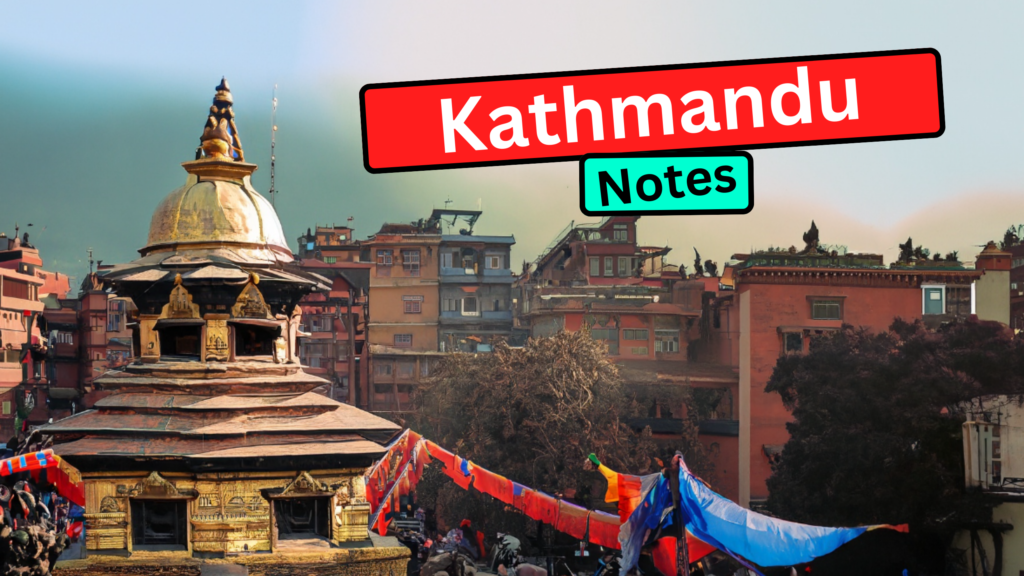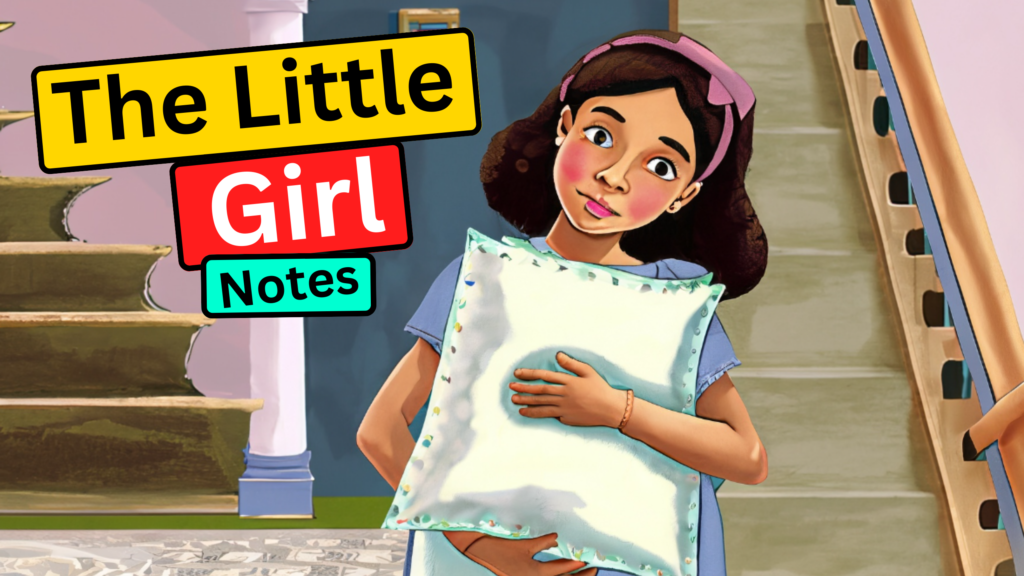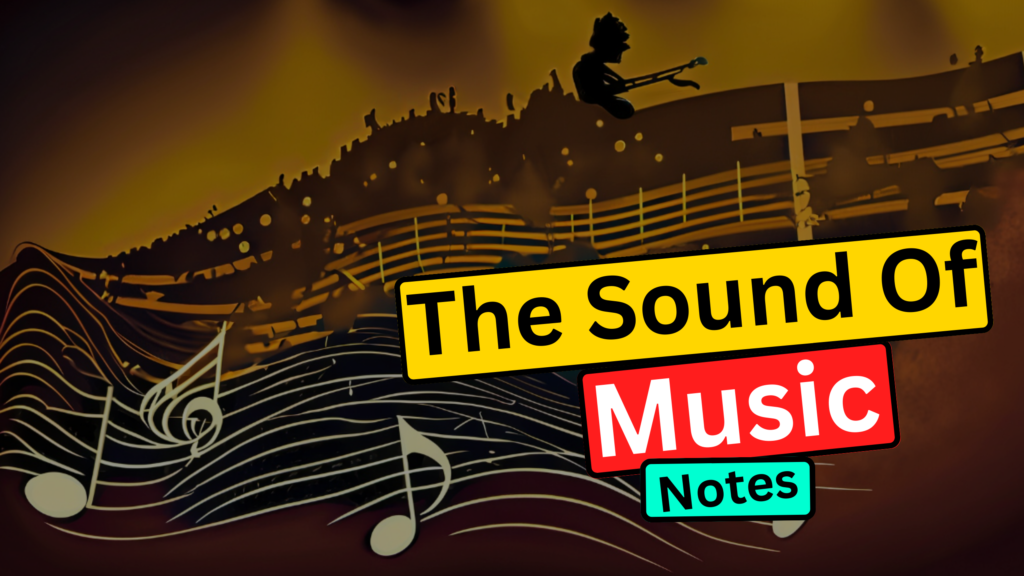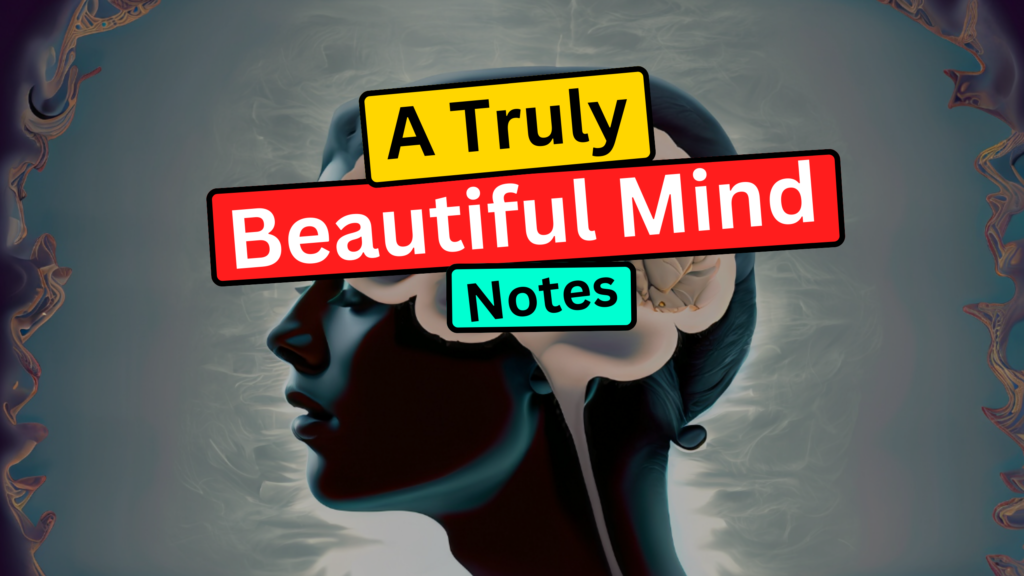Introduction
Vikram Seth’s book “Heaven Lake” contains the chapter “Kathmandu,” which is taken from that book. The two well-known temples in Kathmandu, Pashupatinath and Baudhnath stupa, are described in this chapter. The author talks about his trip to Kathmandu, where he visited the Baudhnath stupa and Pashupatinath temple. He describes the area around these two shrines as well as the local markets. He also paints a vivid picture of the flute seller and music he heard while shopping.
Summary
After arriving in Kathmandu, the author and Mr. Shah’s son and nephew made the decision to visit the town’s two sacred temples, the Buddhist Baudhnath Stupa and the Hindu Pashupatinath Temple. When the author went to the Pashupatinath temple, he noticed a sign that read, “Entrance for the Hindus only.” There was a sizable crowd near the temple’s entrance. Through the ground, animals were moving around. There was a tonne of uncertainty. To attract the priest’s attention, people had gathered around the entrance and were hurrying towards it.
Everyone bows and moves aside when a Nepalese princess enters the temple to show respect. Westerners were making an attempt to enter the temple through the main gate. They were dressed in saffron-colored attire. But they were unable to persuade the police that they were Hindus. The author found it amusing that two monkeys were arguing and chasing one another around the temple.
The revered Bagmati River flows close to the temple. On the riverbank, a body is being cremated. While the children were taking river baths, the washerwomen were doing laundry. A small temple can be found by the river. Half of it is in the river. The goddess inside the temple will allegedly escape when the temple fully emerges from the river, marking the end of the Kaliyug’s evil reign on Earth. The author went to the Baudhnath Stupa after visiting the Pashupatinath Temple. There was tranquilly or stillness around the Stupa, which set it apart from the Pashupatinath temple. The Stupa was surrounded by roads and had a white dome-like structure. There were a few little shops owned by Tibetan immigrants on the edges of the roads. They sell felt bags, silver jewellery, and Tibetan prints. There were no crowds and the area was very serene and quiet.
Small shrines could be found along the streets in Kathmandu, which were the busiest and narrowest. There were fruit stands, flute stands, post card hawkers, stores selling chocolates, chocolate rolls, copper utensils, and Nepalese antiques, among other businesses, in these streets. The town is filled with the constant blaring of cowbells, car horns, and bicycle bells. The author bought some comics, a corn-on-the-cob, a bar of marzipan and other items from the Kathmandu bazaar. He went to the Nepal Airlines office to purchase a ticket to Delhi after leaving the bazaar.
The author encountered a flute vendor in Kathmandu who was positioned in a square corner close to his hotel. Different from other sellers, this one stood out. Every now and then, he would take a flute from his pole and start playing. He wasn’t yelling to advertise his flute. The author was drawn in by the seller’s melodic flute playing.
The flute is a common instrument. The reed neh, the recorder, the Japanese shakuhachi, the Hindustani classical bansuri, the breathy South American flutes, and the high pitched Chinese flutes are just a few examples of the flutes that almost every culture has. Although each flute is unique, they are all played with the breath, which unites all people. The author is startled and entranced by the melodic flutes, and he has since begun to notice small details to which he had previously paid no attention.





